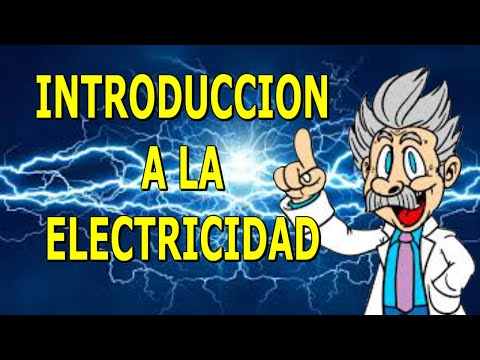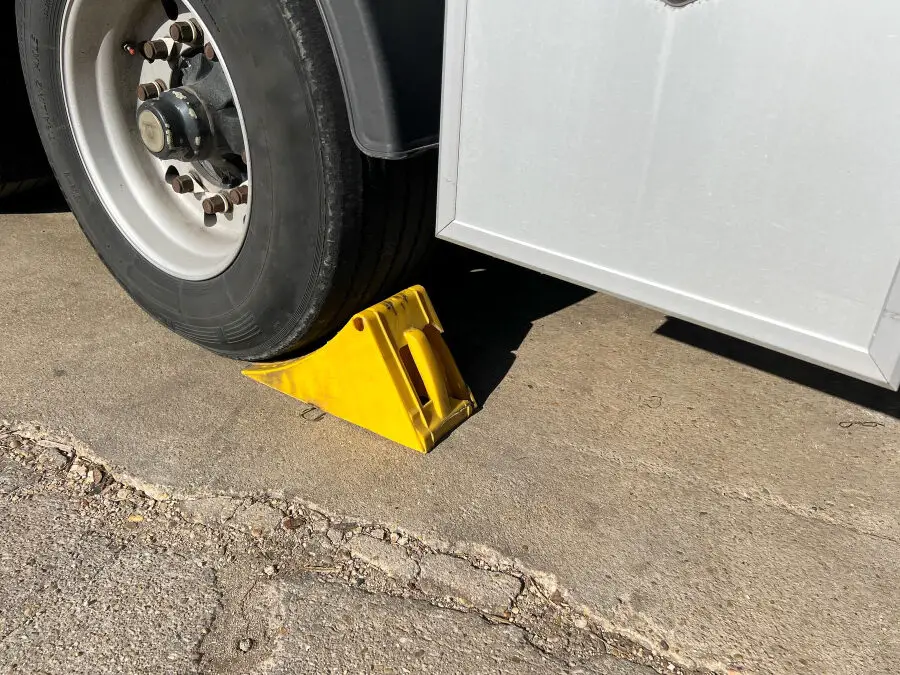The unit of measurement of electrical energy: Complete guide
Electrical energy is a vital force in our modern world, powering everything from our electronic devices to the most advanced transportation systems. But have you ever wondered how electrical energy is measured? In this article, we will present you a complete guide on the unit of measurement of electrical energy. You'll discover everything you need to know about kilowatt-hours, watts, amps, and more. Get ready to enter the fascinating world of electrical energy measurement.
What is the unit of measurement of electrical energy?
The unit of measurement of electrical energy is a fundamental concept in the field of electronics and electricity. It is important to understand how electrical energy is measured in order to calculate and understand energy consumption in our homes, businesses and in industry in general. In this article, we are going to explore the unit of measurement of electrical energy in detail and provide a complete guide to understand its importance and how it is used in practice.
The unit of measurement for electrical energy is called "watt-hours" (Wh). The watt-hour is a measure of the amount of energy consumed or generated during a specific period of time. To better understand this unit of measurement, it is important to break it down into its individual components: watts and hours.
A watt is a unit of power that represents the rate at which work is done or electrical energy is consumed. It is equivalent to one joule per second, where the joule is a unit of energy. Therefore, a watt-hour is equal to the amount of energy consumed or generated when working at a constant rate of one watt for one hour.
It is important to note that the watt-hour should not be confused with the watt (W) or kilowatt (kW), which are units of power. The watt-hour, on the other hand, is a unit of energy.
The watt-hour is widely used to measure electrical energy consumption in our homes, offices and factories. It is also used to bill electricity consumption and to calculate energy costs. It is a standard and widely accepted measurement throughout the world.
To understand the practical importance of the unit of measurement of electrical energy, let us consider an example. If a 100-watt light bulb is turned on for 5 hours, the power consumption would be 500 watt-hours or 0.5 kilowatt-hours (kWh). This allows us to calculate the cost of electrical consumption and better understand our energy consumption.
What is current intensity in what units is it measured?
What is current intensity and in what units is it measured?
The intensity of electric current is a physical quantity that tells us the amount of electric charge that passes through a conductor in a certain time. That is, it is the number of electrons that flow through a circuit in one second. Intensity is represented by the letter I and its unit of measurement in the international system is the ampere (A).
The ampere is a fundamental unit in the field of electricity and is defined as the intensity of a constant current that, when flowing through two parallel, rectilinear conductors, of infinite length and negligible circular section, located at a distance of one meter from each other. another in a vacuum, produces a force between them of 2 x 10^-7 newtons per meter of length.
Current intensity can be measured using an instrument called an ammeter, which is connected in series in an electrical circuit to measure the current flowing through it. Ammeters can be analog or digital, and usually have a scale ranging from milliamps (mA) to amperes (A).
It is important to note that the current intensity can vary in an electrical circuit depending on its resistance and the applied voltage. Ohm's law states that the current intensity is equal to the ratio between the applied voltage and the resistance of the circuit. Therefore, if we increase the voltage or decrease the resistance, the current intensity will also increase.
Electric power formula and examples
The unit of measurement of electrical energy: Complete guide
Electrical energy is a form of energy that is used in a wide variety of applications, from operating household appliances to generating electricity in power plants. To measure electrical energy, a specific unit of measurement called kilowatt-hour (kWh) is used. In this article, we will explore in detail the unit of measurement for electrical energy and how it is calculated.
Electrical power: formula and examples
Electrical power is a measure of the amount of electrical energy that is consumed or generated in a certain period of time. It is expressed in watts (W) and is calculated by multiplying the electric current (I) by the electric potential difference (V). The formula to calculate the electrical power is as follows:
P = V x I
Where P is the electrical power in watts, V is the electrical potential difference in volts and I is the electrical current in amperes.
Below are some examples to illustrate how electrical power is calculated:
Example 1: An incandescent light bulb has a current of 0.5 amperes and a potential difference of 120 volts. We calculate the electrical power as follows:
P = 120V x 0.5A = 60W
Therefore, the electrical power of the incandescent bulb is 60 watts.
Example 2: An electric oven has a current of 10 amperes and a potential difference of 240 volts. We calculate the electrical power as follows:
P = 240V x 10A = 2400W
Therefore, the electrical power of the electric oven is 2400 watts.
Example 3: A computer has a current of 2 amperes and a potential difference of 12 volts. We calculate the electrical power as follows:
P = 12V x 2A = 24W
Therefore, the electrical power of the computer is 24 watts.
The calculation of electrical power is essential to understand the energy consumption of electrical devices and to size the capacity of electrical circuits.
So there you have it, my dear sparky reader! Now you are an expert in the unit of measurement of electrical energy. No more confusion when talking about kilowatts, megawatts and joules. Now you can shine in electrical conversations and leave everyone speechless with your knowledge. Dare to be the protagonist at electronic parties and let the energy flow! Electrify the party!




Post Comment